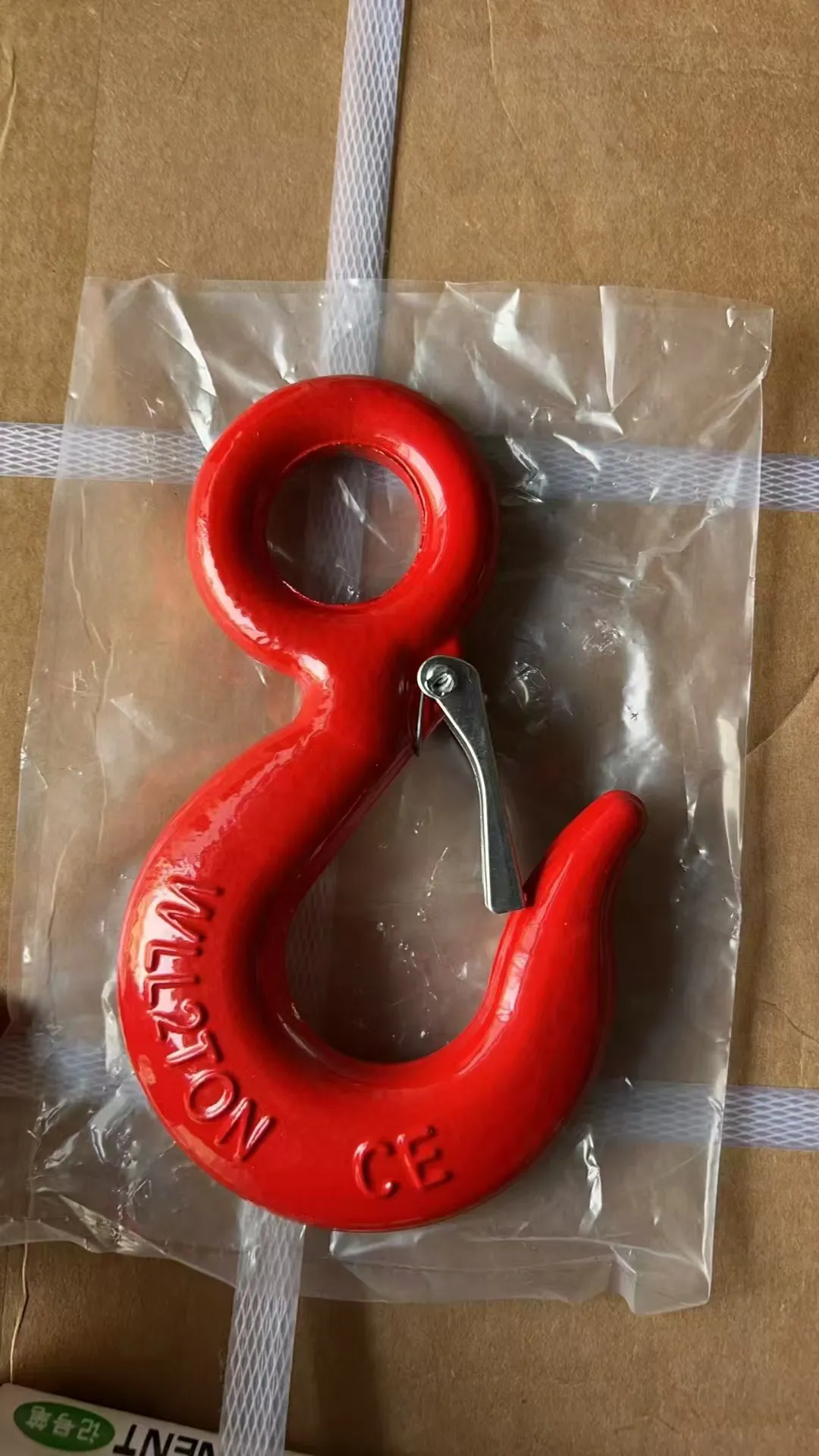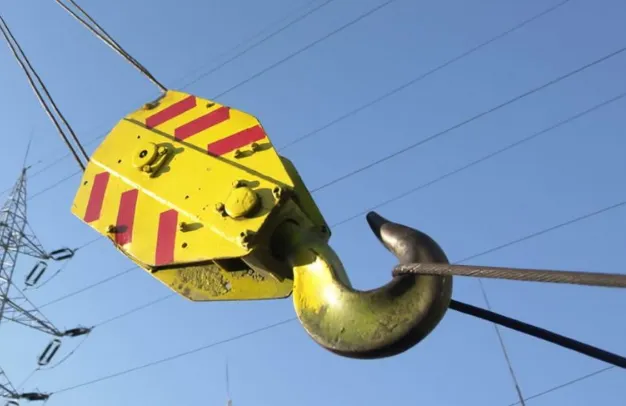ข่าว
ก.ย. . 23, 2025 15:22 กลับไปที่รายการ
Thousands of hammer blows and countless refinements, crafted with ingenuity: The journey of producing lifting hooks
The production of lifting hooks is far from a simple forging process; rather, it is a systematic engineering that integrates material science, precision craftsmanship, and rigorous quality control. The manufacturing process primarily encompasses the following core steps:
1. Selected Materials: Safety is the utmost priority. High-quality lifting hooks typically use premium alloy steel (such as 42CrMo) as raw material. These materials possess exceptional strength, toughness, and wear resistance, laying a solid foundation for the lifting hooks to bear heavy loads.
2. Precision forging: Through large forging equipment, steel billets are repeatedly forged at high temperatures. This process eliminates internal defects in the metal, refines the grain structure, and aligns the fiber flow with the shape of the hook, thereby greatly improving the comprehensive mechanical properties and fatigue life of the product.
3. Machining and Heat Treatment: After forging, the hook undergoes precise machining processes such as turning and milling to ensure accurate dimensions and a smooth surface. Following this, a crucial heat treatment process is carried out, involving quenching and tempering, to achieve the optimal combination of hardness, strength, and toughness, thus realizing the ideal state of being "hard on the outside and tough on the inside".
4. Surface treatment and quality inspection: To prevent rust and enhance durability, lifting hooks undergo galvanizing, painting, or other surface treatments. Finally, every lifting hook leaving the factory must undergo non-destructive testing such as magnetic particle inspection and ultrasonic inspection, as well as ultimate load testing, to ensure that it does not have any internal cracks or defects and can safely withstand tensile forces above the rated load.

With heavy responsibilities on our shoulders, they are everywhere: the core purpose of lifting hooks
The design of the lifting hook aims to safely and efficiently lift various heavy objects, and its application spans almost all heavy industry sectors:
· Construction industry: Hoisting construction materials such as steel bars, prefabricated panels, and steel structures is a key contributor to the erection of skyscrapers.
· Port terminals: Used for loading and unloading operations of container ships and bulk carriers, they are an indispensable link in the global logistics chain.
· Manufacturing and workshop: handling large machinery, equipment, molds, and raw materials to ensure the smooth operation of the production line.
· Logistics and transportation: used for loading and unloading goods on heavy-duty truck cranes.
· Energy sector: In projects such as hydropower stations and wind farms, lifting large generator components.

The lifting hook, a component embodying industrial wisdom and craftsmanship, may not be eye-catching, yet it bears a heavy responsibility. Its production reflects the modern industry's ultimate pursuit of safety and quality, and its widespread application stands as a testament to humanity's efforts in constructing great projects. Choosing compliant and high-quality lifting hooks, coupled with standardized operations, is the prerequisite for ensuring the safety of every lifting operation site.
-
Small components of lifting ring nuts with large load-bearing capacity
ข่าวNov.24,2025
-
Flower basket bolts inject stable strength into your project
ข่าวNov.18,2025
-
Although the lifting ring is small, its function is enormous
ข่าวNov.12,2025
-
Lifting shackle: The indispensable "safety connecting ring" in lifting operations
ข่าวNov.05,2025
-
Full analysis of lifting chain technology and application standards
ข่าวOct.31,2025
-
Card head usage guide
ข่าวOct.28,2025
